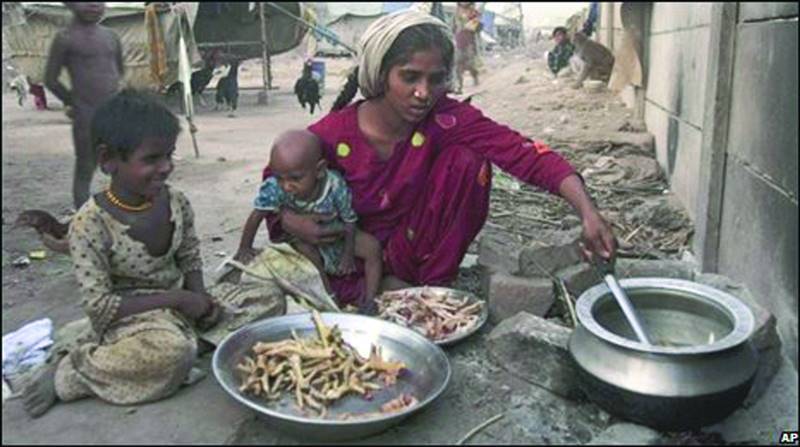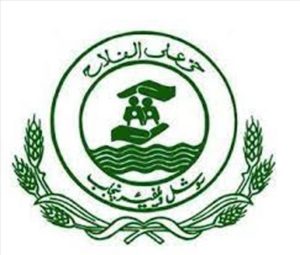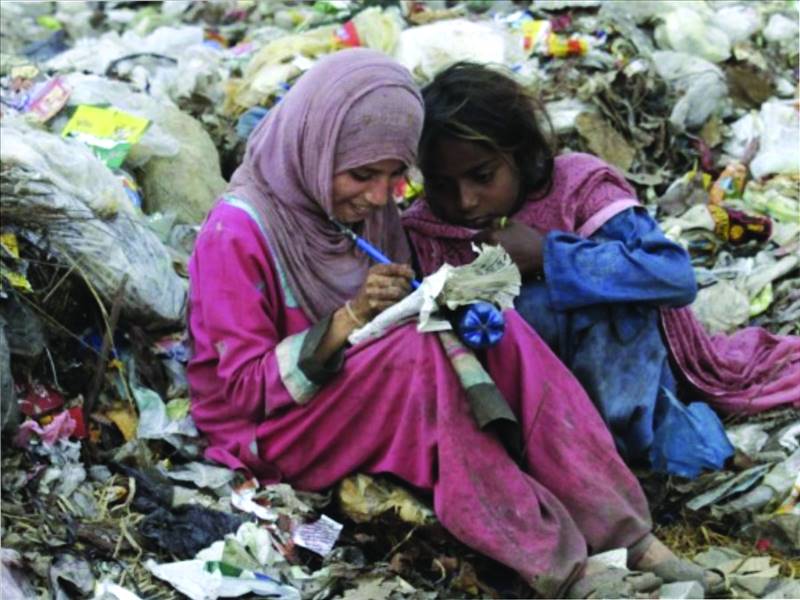
The Social Welfare Department of Pakistan is a comparatively new one, which has been established with the main task of serving and facilitating the under-privileged classes and fostering the purpose of an Islamic welfare state in short. This department of government operates in every province and works for women, the elderly and children, as well as the rehabilitation of the homeless and utterly destitute.
The mandate of this department from the beginning is to maintain a people-oriented approach, striving to serve the public with all the facilities, rights and responsibilities that the state owes. It especially works for the disabled community and elderly community of society, providing them not only economic aid but also social and medical services covering a range of preventive, nurturing, supportive and remedial measures. Resources are allocated in and from this department in the most basic form to satisfy the most dire basic needs – all in an effort to help the society to move from welfare to self-reliance.

In 1951, trained workers were sent to Pakistan by the UN in order to train unskilled personnel in the basics of social welfare activities and programs so that the Pakistani society could sustain itself in a better way, especially given the context of a new state. On the UN’s recommendation, the Pakistan Health Division drew up a plan for initiating a social welfare program in the country in 1953, where the initial responsibilities included social work training, sponsoring of development projects in urban and rural areas and also encouraging voluntary agencies. The Planning Board, later named the National Planning Commission, was therefore set up in 1953 for drafting the economic development plans of the country. Then the Council of Social Welfare was created in 1956 to prompt and direct welfare activities by voluntary non-governmental organizations.
Thereafter, in the 1970s each province had one council and one directorate established by the provincial governments to monitor social welfare in their respective provinces. In 1979, this department of Social Welfare was recognized as a separate one. In 2012 a distinct department for women was established, separating it from the welfare one.
The Social Welfare Department of Pakistan has certain functions to perform under the Rules of Business 2011. The first prominent role of the department is to advise, register and provide technical assistance to all sorts of voluntary or non-commercial organizations working for the welfare of the people. It has to look after the eradication of various social evils from society and also to assist affected areas in times of calamities and emergencies. Moreover, it has a very important function of taking care of welfare institutions, offering possibilities for employment as well as ensuring the training and rehabilitation of disabled persons. These efforts include the development of the skillset of employees at such institutes. Furthermore, poor and needy depend on the financial assistance through the Bait-ul-Maal of this department. And lastly, this department arranges for grant-in-aid to non-governmental organistions, especially to those engaged in rehabilitation of drug addicts and narcotics.

Pakistan has time and again tried its best to put forward a welfare model for its people. It is difficult to say if it has been successful. After so many years of independence, Pakistan is still considered to be underdeveloped socially, economically and politically. This is because Pakistan has never had a long-term social welfare plan. The traditional power structures never wanted people to be given much in the way of state-sponsored benefits.
Despite of all the initiatives mentioned above, nearly half of the population is still striving for basic human services like safe drinking water, health facilities etc. The most glaring issue faced by Pakistan is the widening gap between rich and poor. Despite initiatives such as Benazir Income Support Program (BISP) and other poverty eradicating initiatives, the GDP growth rate is slow and the income per capita is very low. Governments have always stressed upon the increasing overall economic growth and have never focused on making sure to provide the basic necessities for the poorest segments.
Successive governments have yet to offer a workable model for social welfare which keeps in view both the limited financial capacity of the Pakistani state and the intense forms of deprivation experienced by its most vulnerable.
The mandate of this department from the beginning is to maintain a people-oriented approach, striving to serve the public with all the facilities, rights and responsibilities that the state owes. It especially works for the disabled community and elderly community of society, providing them not only economic aid but also social and medical services covering a range of preventive, nurturing, supportive and remedial measures. Resources are allocated in and from this department in the most basic form to satisfy the most dire basic needs – all in an effort to help the society to move from welfare to self-reliance.

In 1951, trained workers were sent to Pakistan by the UN in order to train unskilled personnel in the basics of social welfare activities and programs so that the Pakistani society could sustain itself in a better way, especially given the context of a new state. On the UN’s recommendation, the Pakistan Health Division drew up a plan for initiating a social welfare program in the country in 1953, where the initial responsibilities included social work training, sponsoring of development projects in urban and rural areas and also encouraging voluntary agencies. The Planning Board, later named the National Planning Commission, was therefore set up in 1953 for drafting the economic development plans of the country. Then the Council of Social Welfare was created in 1956 to prompt and direct welfare activities by voluntary non-governmental organizations.
Thereafter, in the 1970s each province had one council and one directorate established by the provincial governments to monitor social welfare in their respective provinces. In 1979, this department of Social Welfare was recognized as a separate one. In 2012 a distinct department for women was established, separating it from the welfare one.
The Social Welfare Department of Pakistan has certain functions to perform under the Rules of Business 2011. The first prominent role of the department is to advise, register and provide technical assistance to all sorts of voluntary or non-commercial organizations working for the welfare of the people. It has to look after the eradication of various social evils from society and also to assist affected areas in times of calamities and emergencies. Moreover, it has a very important function of taking care of welfare institutions, offering possibilities for employment as well as ensuring the training and rehabilitation of disabled persons. These efforts include the development of the skillset of employees at such institutes. Furthermore, poor and needy depend on the financial assistance through the Bait-ul-Maal of this department. And lastly, this department arranges for grant-in-aid to non-governmental organistions, especially to those engaged in rehabilitation of drug addicts and narcotics.

Pakistan has time and again tried its best to put forward a welfare model for its people. It is difficult to say if it has been successful. After so many years of independence, Pakistan is still considered to be underdeveloped socially, economically and politically. This is because Pakistan has never had a long-term social welfare plan. The traditional power structures never wanted people to be given much in the way of state-sponsored benefits.
Despite of all the initiatives mentioned above, nearly half of the population is still striving for basic human services like safe drinking water, health facilities etc. The most glaring issue faced by Pakistan is the widening gap between rich and poor. Despite initiatives such as Benazir Income Support Program (BISP) and other poverty eradicating initiatives, the GDP growth rate is slow and the income per capita is very low. Governments have always stressed upon the increasing overall economic growth and have never focused on making sure to provide the basic necessities for the poorest segments.
Successive governments have yet to offer a workable model for social welfare which keeps in view both the limited financial capacity of the Pakistani state and the intense forms of deprivation experienced by its most vulnerable.

